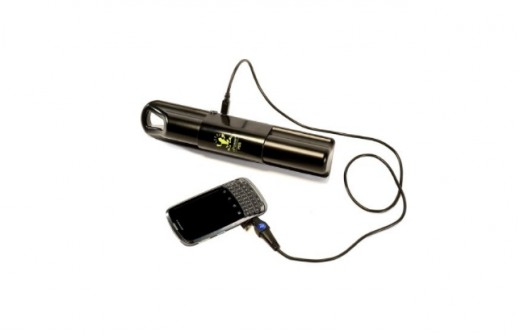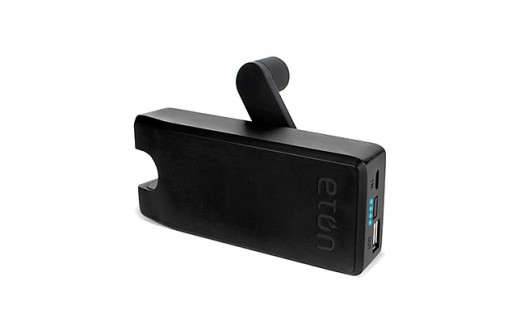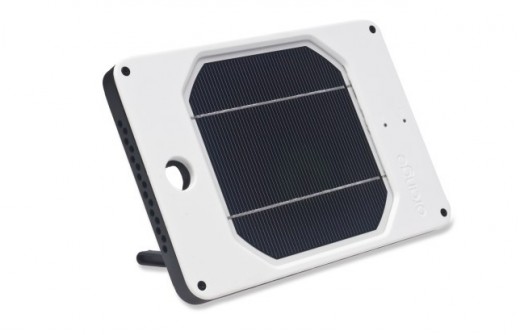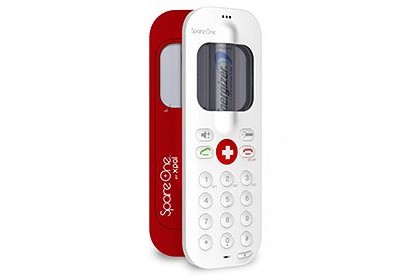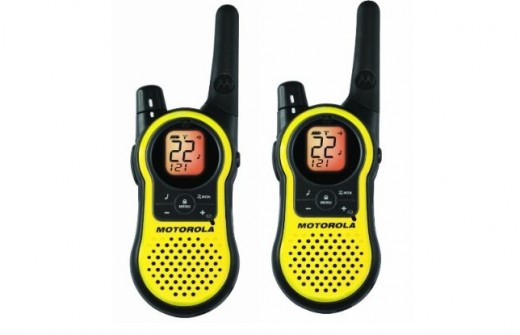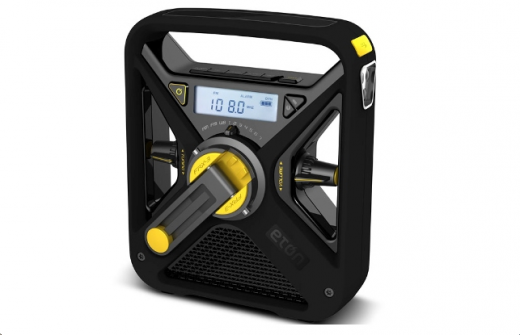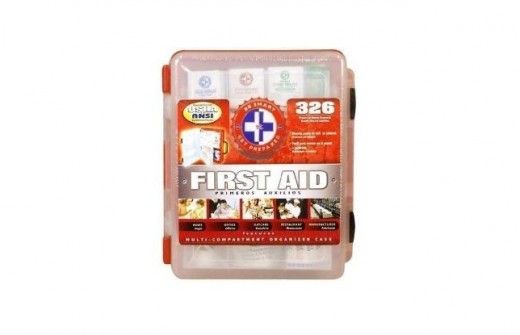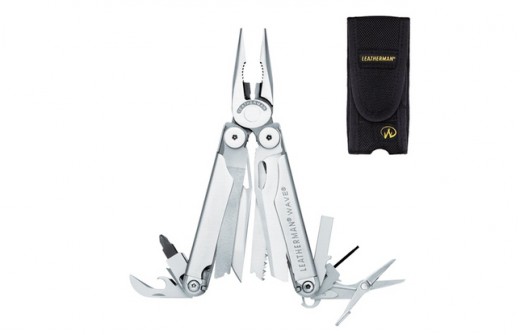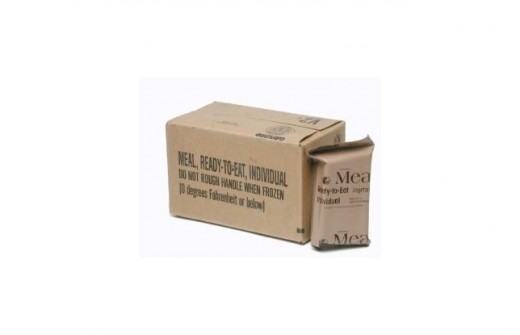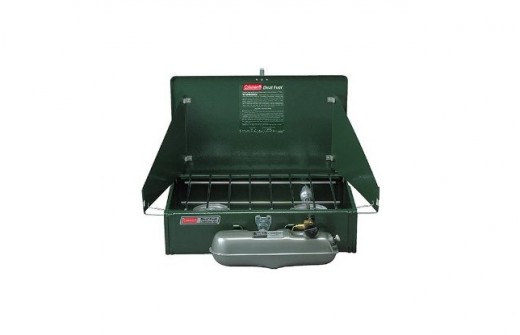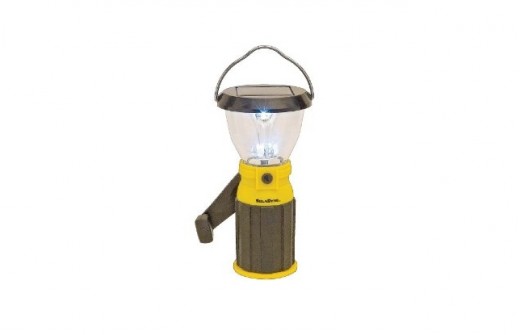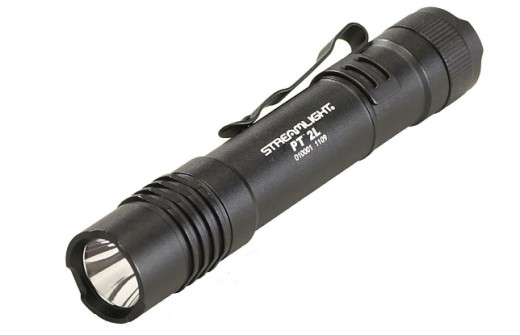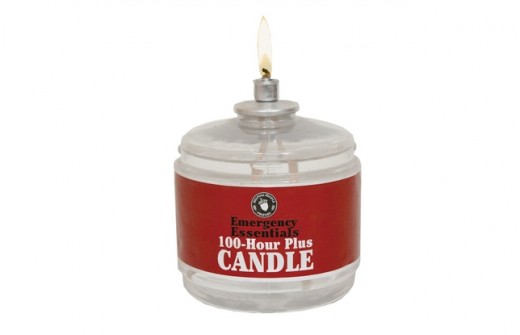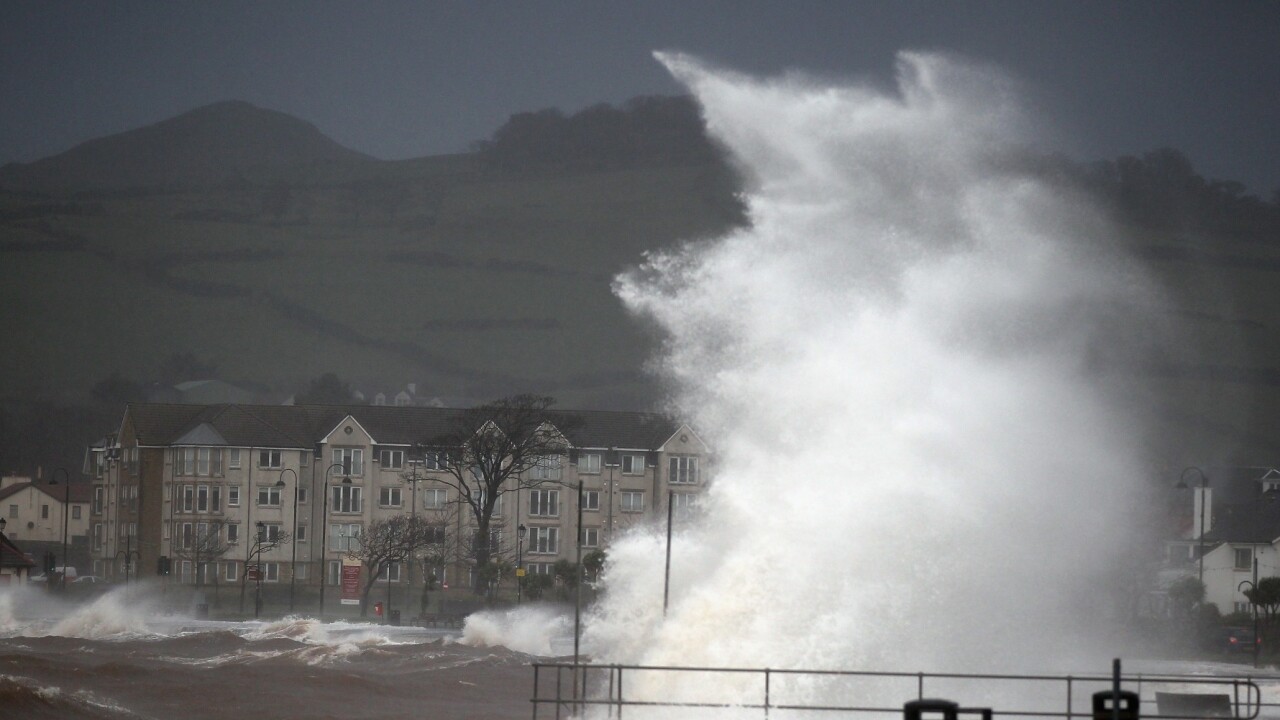
This post originally appeared on The Wirecutter – A list of amazing gadgets.

Some people in New York are fine, some are not. I don’t know that this list of helpful emergency gear will be helpful this late, but I figure it’s better than one more post about which smartphone rules.
It says a lot about New York that I have more friends and family there than any other place in the world, even though I’ve never lived there. I spent the last day in about as much fear about their safety than I’ve felt in years. I can’t recall the last time I was this afraid, honestly. Maybe I can blame twitter, where the best of the worst images and videos spread quickly.
People are picking up the pieces, and things are well on their way to being the way it was. Friends in Brooklyn say everything is 100% normal where they are. But for a few people without power, and without solid homes, some of these emergency tools might be helpful. If you can’t get them online because delivery is delayed, get them local, and if you can’t get them at all for this time, or if you’re fine, maybe you can get some of these in case of a next time. There’s always a next time.
This list is not an official emergency checklist, although it was informed by Seamus’s experience in the military and private security management, my training as an EMT and SF emergency response dork (NERT) and FEMA’s prep kit list. We made sure we had most things on FEMA’s general list, except for things you’d already have like canned food and plastic bags.
You should really check out FEMA’s website, because it’s not just about having a bunch of gear ready–it’s about preparing your buildings and knowing how to get a hold of your loved ones and having a plan ahead of problems. (People in flood areas should have materials to construct sandbags, while people in earthquake zones should add braces to their foundations to resist seismic activity, for example.)
—Brian Lam, Seamus Bellamy and Nathan Edwards
We will be updating this list in sections over the next few days. Note that these recommendations were done swiftly and do not have the dozen hours of research most picks do backing them up, but we have done our best to vet gear that is safe to buy and own. If you’ve got suggestions, please put them in the comments and I’ll check them out.
POWER
NPower PEG Person Energy Generator — $200
Public transit’s a disaster right now, so there’s a good chance many of you will be doing some walking. You may as well charge your phone while you’re at it. For $200, NPower’s PEG Personal Energy Generator will use the kinetic energy from walking or biking to create the juice you need to power your phone. If you’re staying at home, it’s still a good get, as you can also charge its 2,000 mAh lithium ion polymer battery via a USB connection (if you’ve got one) or by shaking it. 10 minutes of shaking will give you enough power to make a short phone call. Seems like a good trade to me.
Eton BoostTurbine1000 — $50
Amazon’s sold out of these guys right now, but there’s plenty of other places to get Eton’s TurbineBoost1000 USB battery pack with Turbine Power Generator. For $50, you’ll get a backup battery pack that can provide a 50% charge to a dead smartphone, as well as an integrated hand cranked generator that can be used to recharge the BootTurbine1000’s battery. One minute of hand cranking will allow for enough juice to make a 30 second phone call or to send and receive a few text messages.
Solar Joos USB gadget charger — $150
This is a great gadget charger. It’s waterproof and can charge a cellphone a few times directly from its battery or from the panel’s power. And recharge in the sun in less than a day, or faster through a USB port. I’ve tested these in the atlantic, pacific, california and in mexico and I’ve never been let down with this sturdy little guy. Comes with adapters for various cellphones and usb ports. About $130.
Goal Zero Explorers Kit Solar Panel and Battery — $400
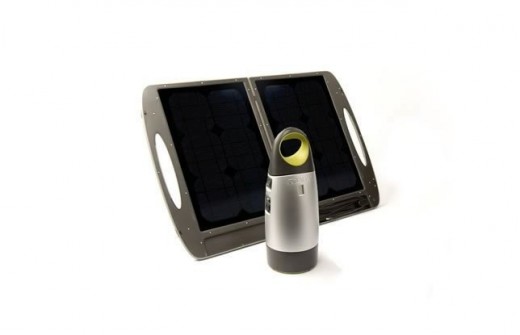
And this is the best kit for someone who wants to keep a laptop or other 110v things going. With a 30 watt panel the battery pack will charge in about a day and can power 12 volt, USB and 110v laptops (up to 80 watts) for a few hours. They claim recharge cycles 3-4x for each laptop, but I doubt that. I do know that these kits are highly respected. The lesser kits can’t do 110v or take two days to charge. They don’t come pre charged, but they should help. $500 from company but $400 from Amazon.
12v to 110v car inverter (plus USB) — $22

This 150 watt inverter has two USB ports (one is high powered) and an AC plug. This thing is $22 and has 70 reviews on Amazon with an average of 4.5 stars. It’s the best one I could find in terms of specs and user satisfaction.
High Power USB Surge Protector — $22
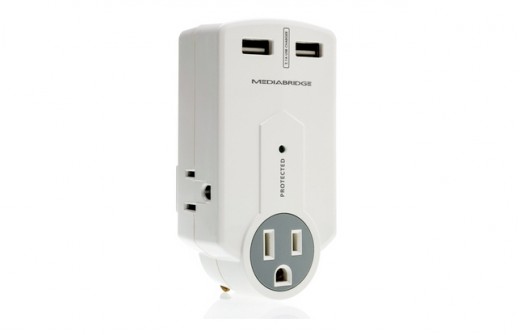
A lot of people are going to public places to charge their gadgets, and you’ll never be turned away from a full outlet if you have a power strip with you. This one has 2 high power USB plugs in it so it can also make the most of your plug-in time. I’ve been testing one for a few months now and compared to the old belkin and the monster ones I’ve tried, it is the best.
Monoprice 5000mAh gadget battery charger — $30
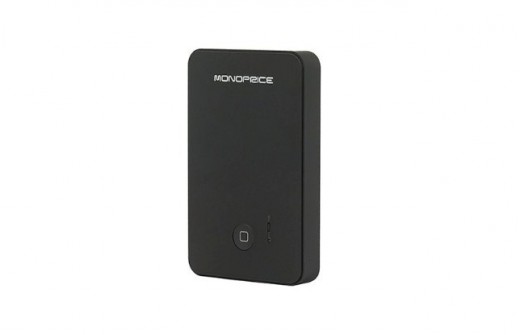
I’ve seen bigger battery packs, but I’ve come to really trust Monoprice, and this one is a great price per amp. (There’s a 10,000 amp one that costs twice as much, so you might as well get two of these.) In an blackout, you’ll have no way of charging this thing up once its gone without a solar pack like the Joos, but or Goal Zero, but this pack will do you a lot of good in every day non-emergency life, too. Oh it has two ports and one of them is high powered.
Cheap Batteries — $12

Not everything by Amazon Basics is great, but these batteries apparently are. They’re $12 for 20 and they beat some lower end duracells but are 20% less capable than our recommended rechargeables, say some reviewers. But in an emergency, how are you going to recharge anything? They don’t have the shelf life of lithiums but they are a lot cheaper. Get lots of them, since they’re cheap.
Gas Generator —$200
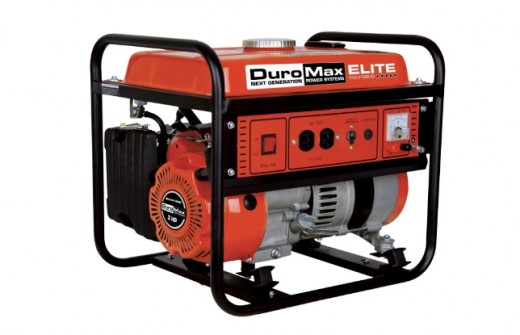
I’m not going to recommend a generator without doing some more seriously research. Here’s a link to Amazon’s page for the mostly highly rated portable generators, which range from 4000 to 7000 watts. I don’t know what I’m talking about, so I’m not going to give you advice on these very expensive pieces of equipment. And this is the best one that I could find that was cheap and still highly rated, but I’m still not comfortable recommending this one to you.
Our soul mates at Cool Tools and their readers like these three generators. A silent and small one by Honda, good for $1000 and 1000 watts, one that runs on natural gas (but is kind of large), and one that is cheap at $130 but seemingly the least impressive.
COMMS
Spare Cellphone — $50
The SpareOne cellphone runs on a single AA battery, which it includes a lithium version of so it can sit on your shelf for 15 years and still have juice. You have to provide your own SIM card, which could be tricky if you have one of these new NanoSIMs but dialing 911 should work without it. It also has a 24 hour LED flashlight built into the top. $50.
Motorola MH230R 23-Mile Range 22-Channel FRS/GMRS Two-Way Radio — $46
Cellphones are great, and landlines are everywhere, but in the wake of a natural disaster, brown out or other inconveniences of biblical proportions, the systems that support them may not be available for days or weeks at a time. If you’re forced to leave home to head to work, clean up storm and flood damage or root for supplies, you’ll want to stay in touch. Me? I own a pair of $46 Motorola MH230R 23-Mile Range 22-Channel FRS/GMRS Two-Way Radios. With a 23-mile range, 22 channels, 121 privacy codes, 11 built-in (7 NOAA) weather channels, and a drop-in charger, there’s no reason to be out of touch or uninformed. They even off hands-free use and can run off of alkaline or rechargeable batteries.
Eton FRX3 Hand Turbine NOAA AM/FM Weather Alert Radio With Smartphone Charger — $60
The $60 Eton FRX3 is an AM/FM/NOAA weather alert radio. It’s got a bright, built-in three-LED flashlight and a USB port for charging your smartphone with. If that’s not enough for you, the FRX3 can be powered via its integrated solar panel, internal Ni-Mh battery, DC power or hand-cranked turbine. Oh, and not that it matters when the power goes out, but it comes in red or black.
HEALTH, BODY, ETC
Heatmax Hand & Body Warmer (40 Count) — $27
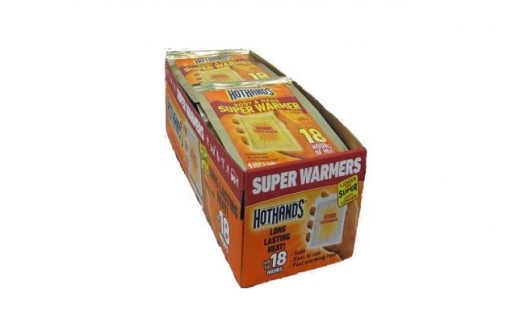
One of the most important parts of surviving is maintaining your body heat, especially if you’re cold and wet. If you can’t build a fire and don’t have electricity, you’d better have another option. Chemical heatpacks are great: they’re portable, they’re cheap, and they don’t require fire or electricity. Heatmax seems to be the go-to brand, and you can get 40 of their Hand & Body Warmers for $27. Each warmer is 4 by 5 inches and lasts for up to 18 hours. That’ll last a family of four for over a week, even if everyone’s constantly using one.
Wet Wipes — $15

Wet wipes are good for keeping clean when showers aren’t working. Here’s a pack of 144 single use disposable towels for $15.
First Aid Kit — $35
When bad things happen people get hurt. Everyone should have basic first aid. Check with your local Red Cross for an upcoming class close to you. Once you’re done, you’ll want a first aid kit. For under $35, this 326 piece kit available from Amazon should provide you with all the medical supplies you’ll need to treat injuries until professional medical assistance becomes available.
Leatherman Wave Multitool — $62
Sci-fi author Bruce Sterling says a multitool is a “set of possible creative interventions in your immediate material environment.” It’s also an incredibly convenient way to carry a couple knives, a saw, some wirecutters, pliers, a set of screwdrivers, a bottle opener, a can opener, a pair of scissors and a file in your pocket. These are all useful things to have in an emergency. There are dozens of great multitools out there, most built by Leatherman, Gerber, or Victorinox. The Leatherman Wave is probably the most popular. Gordon Ung of Maximum PC, a flashlight and knife aficionado, told us it’s the “gold standard” of multitools, and the one he carries every day.
Water Bottle — $35

I like the Hydroflasks for emergency use, because they’ll keep drinks hot or cold with their insulation and go pretty big in size, to 40 ounces for $35. They’re also very tough and have a lifetime warranty. But if case of a sudden emergency like an eartquake you should buy bottled water in case you dont have time to fill.
Wool socks — $13
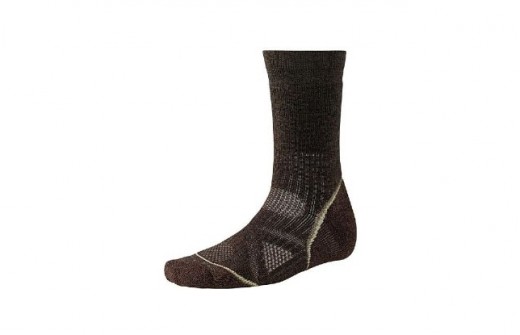
Wool socks are antimicrobial and keep your feet fresh longer and when wet, still retain warmth. These are highly rated and I’ve used many smart wool pairs myself, so I don’t think you could go wrong with these during an emergency–or during several days of travel–when access to a shower is not the easiest thing to find. $13
Rain Jacket — $55
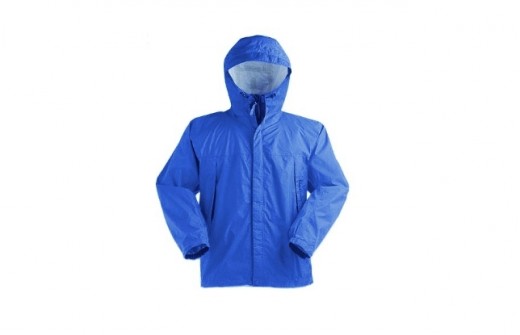
The Marmot clip is cheap at $55 but waterproof and breathable. It’s our favorite budget rain jacket.
Umbrella — $30
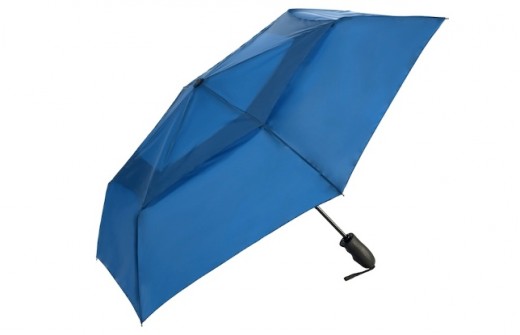
Here’s our favorite umbrella, which is equally wind and rain resistant and $30.
Dust Masks — $10
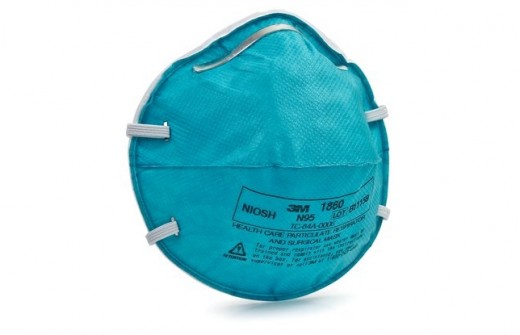
In an emergency like a fire, earthquake or hurricane, the air could become unsafe, either from airborne dust and debris, and harmful particles in the air. There’s a limit to what even the best facemasks can do against germs, but they’re at least useful from keeping particulate matter out of your nose and lungs.The FDA says N95-certified respirators can help reduce the risk of illness in a public health emergency. These 3M 1860 surgical respirators are about fifty cents each.They’ll stop dust and debris and other small particles, and they’re FDA-cleared for surgery. That doesn’t mean youare, though. Anyway, these masks are cheap and good.In a pinch, you can cut a 2-foot square from a T shirt, wet it, wring it out, fold it in half like a bandana, and tie it over your nose and mouth. Whatever you get, a mask or respirator is not going to make you immune from disease. But it can help protect your nose, mouth, sinuses, and lungs from crap in the air.
Physical Maps of your Area
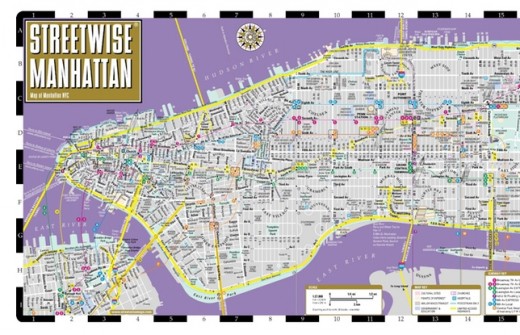
Some phones and tablets can cache maps offline (Google Maps lets you do this manually and Apple Maps does it automatically to varying degrees of usability), but you should have paper maps of your area ready just in case. Amazon sells literally tens of thousands, from road maps of entire continents to maps of your city. Your local gas station or tourist center are also good sources of local maps.
Outdoor GPS — $375
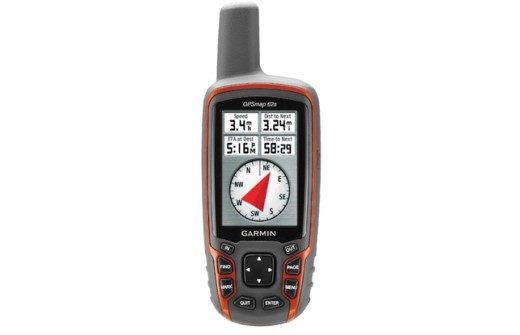
If you need to find your way around, without depending on your smartphone’s maps and battery, this rugged, water resistant outdoor GPS should be a decent tool in case you have to evacuate. It’s our favorite pick at the moment, even if its not cheap at $375.
Sleeping bag — $95
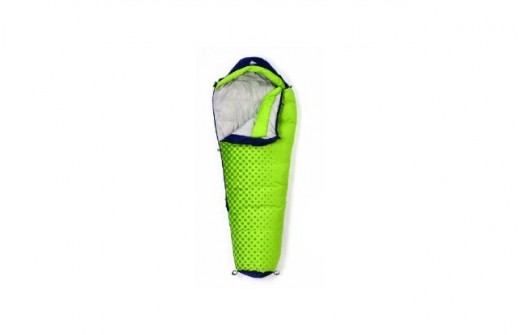
I’m not saying this is the ideal sleeping bag in all emergencies, because it’s down (not great if it gets wet) and it’s rated to 20 degrees, but I’ve used the zero degree version of this bag–highly lauded for being a great value–on many van trips, some while it snowed in the desert and I really like it. I picture this as a useful bag if your house is ruined or you have guests over that need something to keep them warm in a pinch. this or a blanket, which you could get use out of every day anyhow.
Texport Deluxe Folding Camp Cot — $48
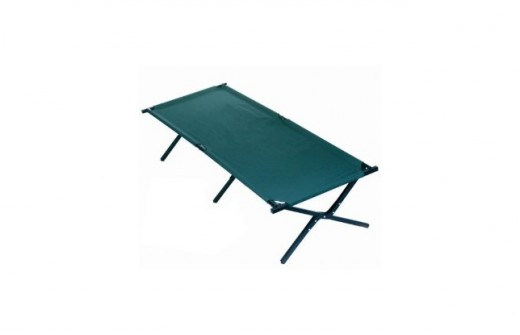
Maybe you have to leave your home, or the floor is wet or dirty or vermin-infested. Either way, a camp cot is a good way to get your sleeping body off of the floor. It’s also more comfortable than floors. You don’t need anything super fancy, just something that gets you off the ground, is fairly comfy, and doesn’t cost a fortune. The Texport Deluxe Folding Camp Cot is under $50 and has 4.5 stars with 52 reviews. It also folds up for easy stowage. A cot is still more than you’ll want to carry in a serious emergency, but for a few days in a shelter or a friend’s house, it’s better than the floor.
FOOD
Victorinox Can Opener — $16
Electric can openers are great–until the power goes out. This manual can opener from Victorinox, is easy to operate and comfortable to use. You were smart enough to stock up on canned goods, so you’d better have something to crack them open with when dinner time rolls around. No can opener? No problem. Just find a flat piece of concrete and do this.
Mountain House Freeze Dried Meals — $40 for 10
Canned goods are great. But when the power’s out, stress levels are high and you’re hungry, being able to sit down to an actual meal can really take the edge off. I keep Mountain House Freeze Dried Meals in my own home preparedness kit and go-bag, so I feel good recommending them to you. They’re a little pricey, but they’re easily the best freeze dried grub I’ve ever encountered. For $40, you’ll get 10 entrees that’ll serve two people: two chicken teriyaki with rice; two beef stew; three beef stroganoff; two lasagna with meat sauce. You can also pick up a $76 bucket that contains 29 entrees. Are they as good as something you’d make from from scratch? No. But they’re a lot more appetizing than than a can of beans. Just open one up, add water, heat and eat.
Oh and if you’ve got any dietary restrictions, head over to the company’s website. You can pick and choose the foods that work for you.
Meal Ready to Eat (MRE) — $75 for 12
If they’re good enough for our armed forces in the field, then they’re definitely good enough for you. MREs have been a staple of soldiers in the field for decades now? Why? Because they’re easy to pack, contain a great mix of protein, fat and carbs (13/36/51% respectively) and can be heated without a stove. Just add water to your MRE’s flameless ration heater, drop your entree into it and in a few minutes you’ll have a hot meal ready to be eaten right out of the bag. Each MRE comes with a single entree suitable for one person, and depending on the meal, extras like utensils, napkins, matches, creamer, sugar, salt, and gum. Some have hot beverages or hot sauce. The good news is that they’re easy to use. The bad news is that they don’t have as long a shelf life as freeze-dried foods do and when you buy them in large quantities, you typically don’t have control over what variety of meals you’ll get.
Energy Bars — $24
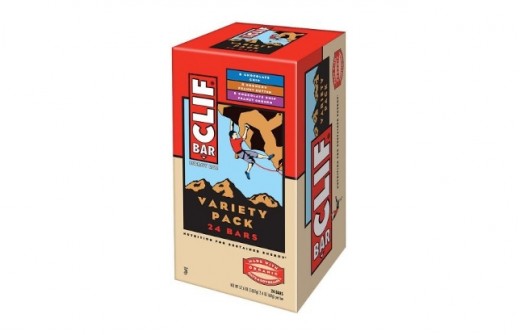
I like Clif Bars because they don’t taste as rubbery as power bars and they aren’t as candy-like as others. They’re like chewy granola bars and I especially like the kinds with chocolate and peanut butter because at least that’s realistic. No one’s going to enjoy pretending to eat a bar form of something that is supposed to be fruit, but I can get behind some choco-peanut butter bars any day. About $24 for two dozen.
Coleman 2 Burner Dual Fuel Compact Liquid Fuel Stove — $116
There’s a chance that your electric or gas stove won’t work during a natural disaster, and eating cold food is a drag. Unless you’ve got a BBQ, you’ll need an alternative way to cook. The Coleman 2 Burner Dual Fuel Compact Liquid Fuel Stove is a great option that’ll cost you $116. Running off of Coleman Fuel or unleaded gasoline, which is great, if the power is out for longer than you thought it might be—having more than one fuel source is always a win. It has two burners: one that puts out 7,500 BTU and a smaller 6,500 BTU one, and can boil a quart of water in just four minutes. Best of all, folds down into an easy to handle size so you can stow it away in your closet when things return to normal, or take it on your next camping trip or cookout.
Collapsible Water Jug — $10
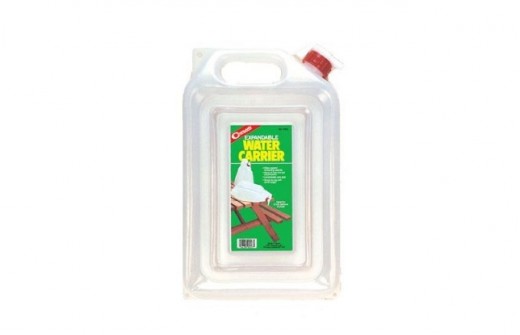
Get these two gallon jugs and avoid the 5 gallon ones that get terrible reviews on Amazon. these are good to stash in a closet so you’re not forced to drink water out of your toilet bowl tank or bath tub if water supplies go away. Get at least one gallon’s worth for every person for every day you think you could be without potable water. $10 each.
LIGHT
Athena Soladyne 7-inch Mini Solar Lantern — $21
The Eton FRX3 above includes a solar panel, hand crank and an LED flashlight among its many other functions, but if you’re stuck without electricity, you’ll want another light provide ambient illumination. A lantern with both solar panels and a dynamo lets you light an area without electricity or combustible fuel. The Athena Soladyne lantern has a crank and some LED panels, so you can leave it out during the day to charge or keep it topped off with a couple minutes of hand-cranking. It’s under $21 on Amazon and is Prime-eligible.
Best Water Resistant Headlamp — $40
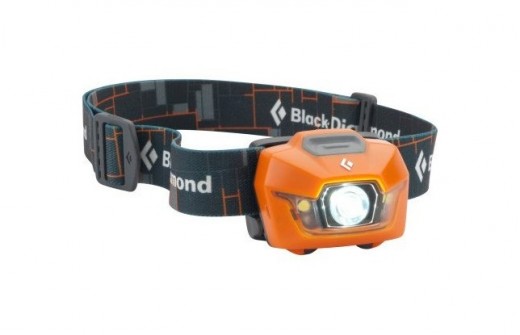
The Black Diamond Storm was our water resistant (to three feet) winner in our headlamp roundup. $40 for 100 lumens, but 125 hours worth of them. The non-waterproof spot is similarly rated, but at 200 hours, so there’s always that. They both run off AAAs, so stock up on those. Lithiums if you can afford it, with their superior shelf life.
Flashlight — $40
Between the solar/dynamo lantern and the Black Diamond Spot headlamp we’re not sure we need to recommend a specific flashlight, but more light sources are always better, and it can’t hurt to have a long-lasting high-powered flashlight on hand.
Flashlight nerd Gordon Ung recommends an LED tactical flashlight with CR123 lithium batteries. Why? When emergencies happen, people run out and buy AAA, AA and D batteries, but “nobody buys CR123s except flashlight nerds,” so you’ll be able to find them in stores. They also have a 10 year shelf life. Tactical flashlights generally have options including high-lumen and low-lumen outputs, variable throw distances, and strobes, so they’ll be useful in a variety of circumstances.
Gordon recommends the Surefire Backup for “civvies” (read: normal people), but a $150 flashlight is going to be beyond most people. The Streamlight 88031 Protac is our choice for most people. It’s $40 (on sale from $80), takes two CR123s, and has 166 five-star reviews on Amazon, out of 201 total reviews. 28 of the rest are 4-stars. That’s high praise. If you recommend a different flashlight, be sure to let us know in the comments.
Clear Mist 100 Hour Emergency Candle — $8
Humanity’s got this thing with fire: too much is way too much, but a little flame can be profoundly reassuring. An emergency candle is a source of both light and heat and in a pinch you can cook on it. The Clear Mist 100 Hour Emergency Candle ($8) is a sealed liquid paraffin lamp (so, not technically a candle) that burns without odor or smoke for four days. Like any flame, don’t use it in a sealed room or one with a limited supply of fresh air. They’re about eight bucks, so it might be worth getting a couple.
Have we missed anything? Let us know in the comments.
This article contains affiliate links that may earn revenue for us or our syndication partners when clicked. However, our first priority is always you, the reader and we only link to products relevant to this article.
Image Credit: Jeff J Mitchell/Staff
Get the TNW newsletter
Get the most important tech news in your inbox each week.
